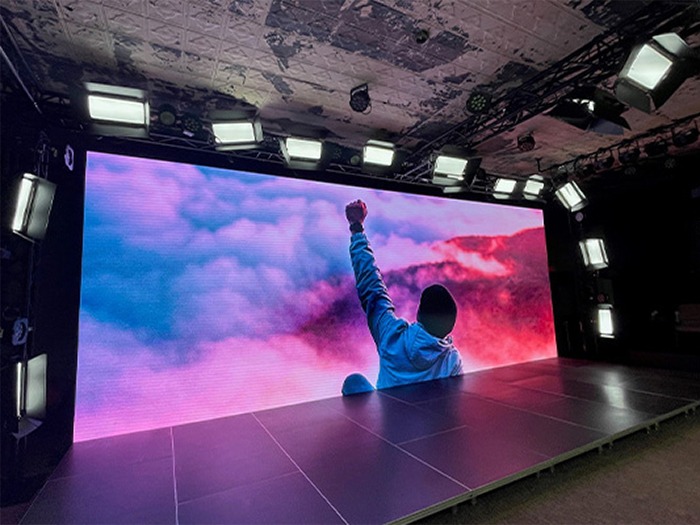A Thorough Analysis of Various Light Emitting Diode Video Wall Techniques and The Applications
A Thorough Analysis of Various Light Emitting Diode Video Wall Techniques and The Applications
Blog Article
Light Emitting Diode display walls are more popular across various environments, such as music events, athletic competitions, as well as corporate presentations. These large screens consist of composed of numerous individual LED panels which work together to create a single cohesive visual. Various multiple kinds of Light Emitting Diode display wall technologies available, each with its own features and benefits. Grasping these technologies technologies can help businesses and entities select the appropriate option for their particular requirements.
One frequent type of LED display screen technology is the direct view Light Emitting Diode. Such technology utilizes separate LED units which are placed near in proximity to form a big display. Direct view LED screens are recognized for their high brightness as well as lively colors, making them ideal for external activities or brightly illuminated settings. These displays also have a wide sight angle, which indicating that viewers can see the display clearly at different positions. Such renders directly viewed LED screens a favored option for stadiums and external events.
Another type of LED display screen technology is the LED-backlit LCD. Such solution merges conventional LCD screens and Light Emitting Diode illumination to enhance brightness as well as hue precision. LED-backlit LCDs are commonly utilized in interior environments, including shopping malls as well as meeting spaces. They provide excellent image quality while are typically more cost-effective than direct view LED screens. Nonetheless, they may not function as well in bright settings, since the illumination can sometimes wash out the colors.
A thirdly choice is the Organic Light Emitting Diode video wall. OLED solution offers exceptional differentiation as well as color richness compared to other types of displays. Each pixel in an Organic Light Emitting Diode display produces its individual luminescence, enabling for true blacks and vibrant hues. Such renders Organic Light Emitting Diode video walls particularly appealing for applications that require high-quality visuals, such as art galleries and high-end shopping outlets. Nonetheless, Organic Light Emitting Diode solution can be costlier costly while may often be as luminous as directly viewed Light Emitting Diode screens, rendering it not suitable for external applications.
Along with the aforementioned options, various also various uses for Light Emitting Diode video screens. These displays can be utilized for advertising, entertainment, as well as data display. For example, businesses commonly use LED display screens for digital signage to attract clients as well as advertise products. In amusement, these displays enhance the visual experience at music events as well as events, providing lively backgrounds and captivating images. the original source Within business settings, LED display walls can be used for demonstrations, visual conferencing, and educational sessions, helping to communicate data in a visually attractive way.
In conclusion, LED video screens are available in different technologies, each having its unique advantages as well as uses. Direct view Light Emitting Diode screens are great for external use, whereas LED illuminated LCDs are more suitable for interior environments. Organic Light Emitting Diode display walls offer superior visual quality yet may be at a higher price. Understanding these variations can assist organizations make knowledgeable decisions about the best kind of Light Emitting Diode display screen most meets their requirements, whether it be for advertising, amusement, or corporate applications.